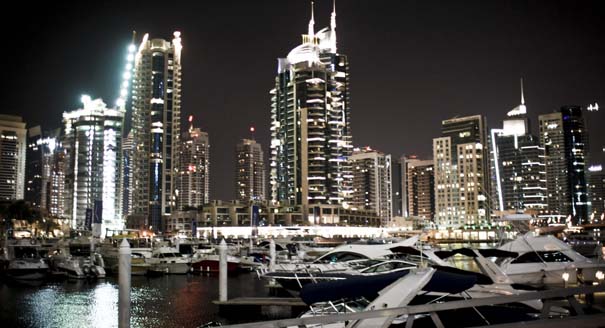As the United States seeks to contain Iran’s nuclear ambitions through economic sanctions and diplomatic isolation, the United Arab Emirates (UAE) has come to play a critical yet often ambiguous role. The UAE, namely the emirate of Dubai, is a top source of Iranian imports and a key transshipment point for goods—legal and illegal—destined for the Islamic Republic. Dubai’s bustling and loosely regulated ports have repeatedly frustrated international sanctions against Iran.
At the same time, the government in Abu Dhabi feels acutely threatened by Iran and has consequently forged a strategic alliance with the United States. The UAE spends billions of dollars on U.S. arms and Emirati officials have privately urged the United States to consider all possible options—including military intervention—to stop Iran’s nuclear program. Additionally, the UAE has allowed the United States to use Dubai—home to the world’s second-largest Iranian diaspora community—as a perch to gather information on Iran.
A combination of U.S. pressure and Abu Dhabi’s newfound economic and political clout over Dubai has led the UAE to significantly enhance the enforcement of sanctions in recent years. Yet both the United States and the UAE face serious obstacles in distinguishing between legal and illegal commerce and have felt a backlash from legitimate merchants who feel unfairly targeted.
Few policymakers in Washington or Abu Dhabi believe that sanctions alone will modify Iran’s external behavior or curtail its nuclear ambitions. But if the United States and the UAE seek to move beyond sanctions and military containment to address the deeper roots of the Iranian threat—namely the character of the Iranian regime—they may find they have differing long-term interests.





